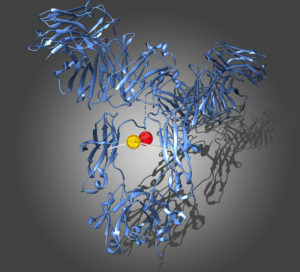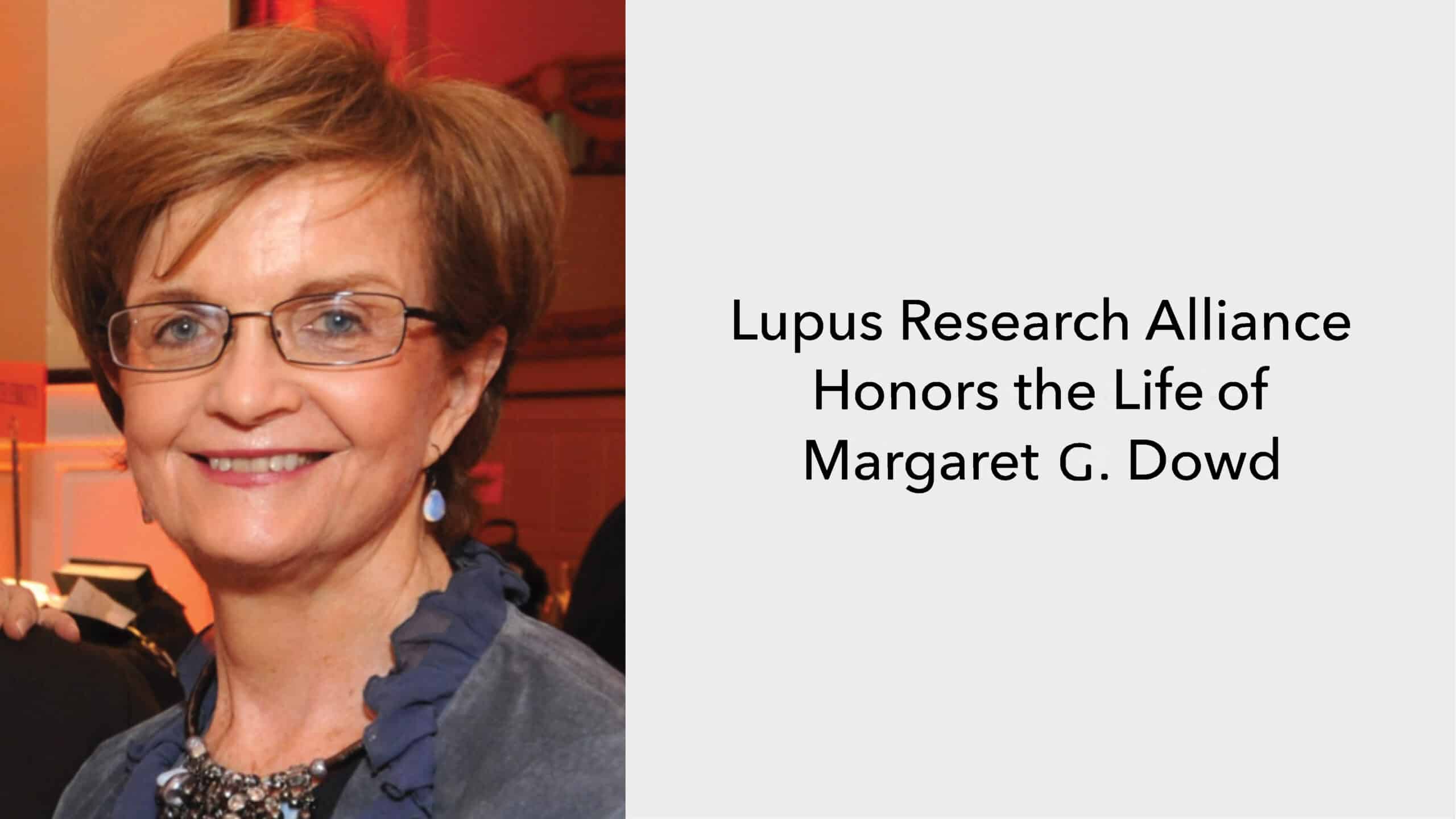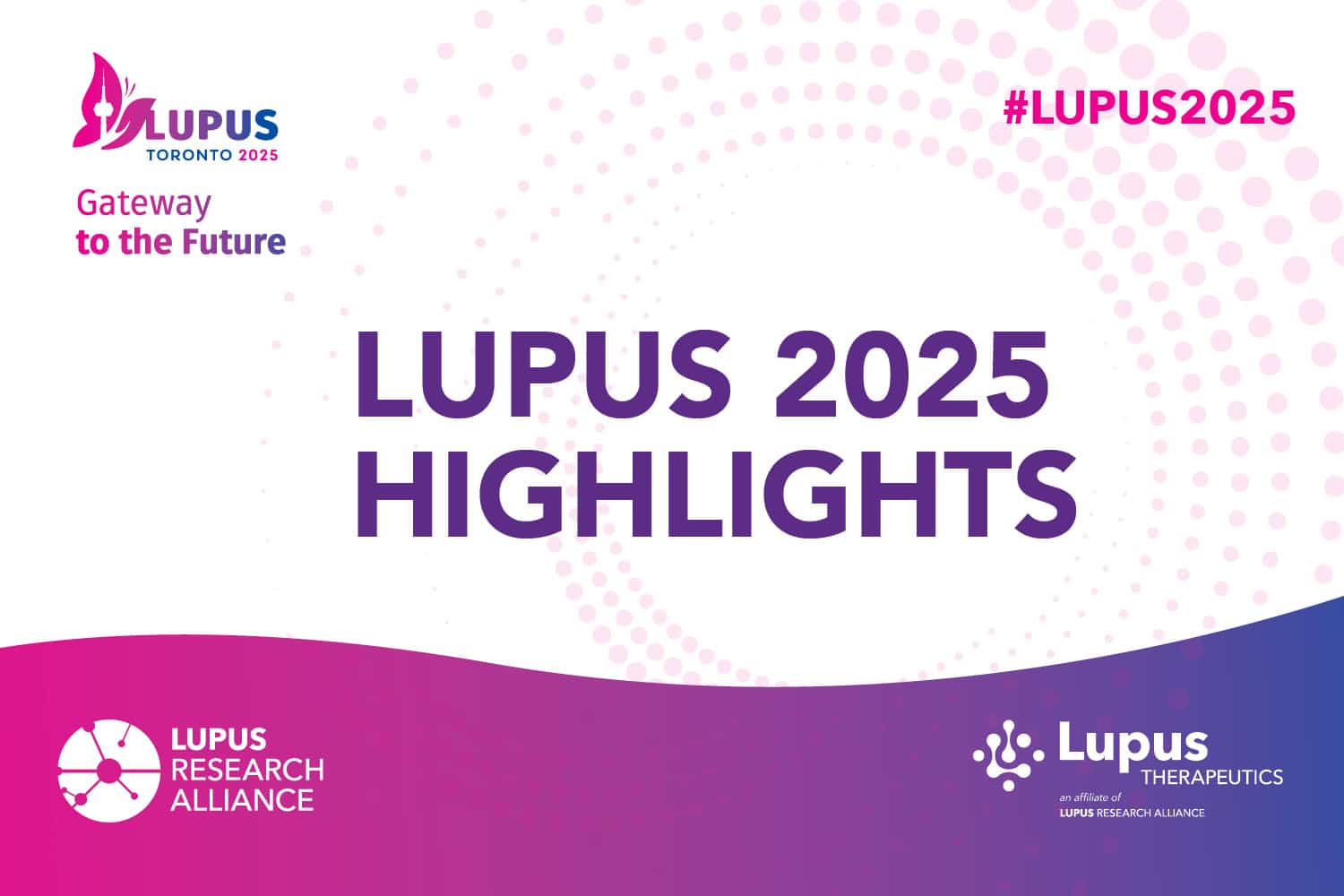Lupus Research Turns Immune System Enemies into Friends

Lupus Research Turns Immune System Enemies into Friends
Jan. 17, 2018
Lupus Research Turns Immune System Enemies into Friends
 With support from a Lupus Research Alliance Novel Research Grant, Robert Anthony, PhD, made a groundbreaking discovery that could lead to a new, effective treatment of lupus and other autoimmune diseases. At Massachusetts General Hospital and Harvard Medical School, Dr. Anthony successfully turned autoimmune antibodies that attack a person’s own body into antibodies that instead reduced tissue damage.
With support from a Lupus Research Alliance Novel Research Grant, Robert Anthony, PhD, made a groundbreaking discovery that could lead to a new, effective treatment of lupus and other autoimmune diseases. At Massachusetts General Hospital and Harvard Medical School, Dr. Anthony successfully turned autoimmune antibodies that attack a person’s own body into antibodies that instead reduced tissue damage.
Antibodies (also known as immunoglobulin) are Y-shaped proteins, and their long tails are decorated with sugar molecules, much like ornaments on a tree. Swapping out different types of sugars on the tail can change not just the look, but also the function, of the antibodies.
Intravenous immunoglobulin (IVIG), a preparation of many antibodies from healthy donors, is used in high doses to treat autoimmune diseases like lupus and inflammatory diseases like arthritis. Dr. Anthony and other researchers previously showed that a small portion of the antibodies in IVIG are decorated with a specific type of sugar, sialic acid, and these are the antibodies responsible for IVIG’s ability to reduce tissue damage. A second sugar, galactose, serves as a hook to attach sialic acid to the antibodies’ tails.
While IVIG therapy can be effective in some cases of autoimmune disease, it is also an expensive and time-consuming treatment. Dr. Anthony investigated whether he could improve on this therapy by directly increasing the amount of antibodies containing sialic acid in the bloodstream. He inserted two proteins into the blood of a model of an autoimmune kidney disease similar to lupus nephritis, and a model of arthritis. These proteins triggered the body to hang galactose and sialic acid onto antibodies in the blood. Remarkably, treatment with the two proteins reduced kidney damage in the first model and reduced joint inflammation in the arthritis model.
Dr. Anthony’s data showed that only antibodies involved in creating autoimmune disease or inflammation in the two models were affected by the treatment; the rest of the immune system continued to work as normal. This is critically important for the development of a safe immune therapy for lupus.
Dr. Anthony’s new treatment required a 400-fold lower dose than IVIG and was much faster to administer. Future research is needed to translate this exciting finding into a safe and effective therapy for lupus patients, including finding the best dose in patients and determining whether a single dose or repeated treatments would be necessary to control lupus symptoms.
Dr. Anthony’s research is published in the January 25 issue of the prestigious research journal Cell.




